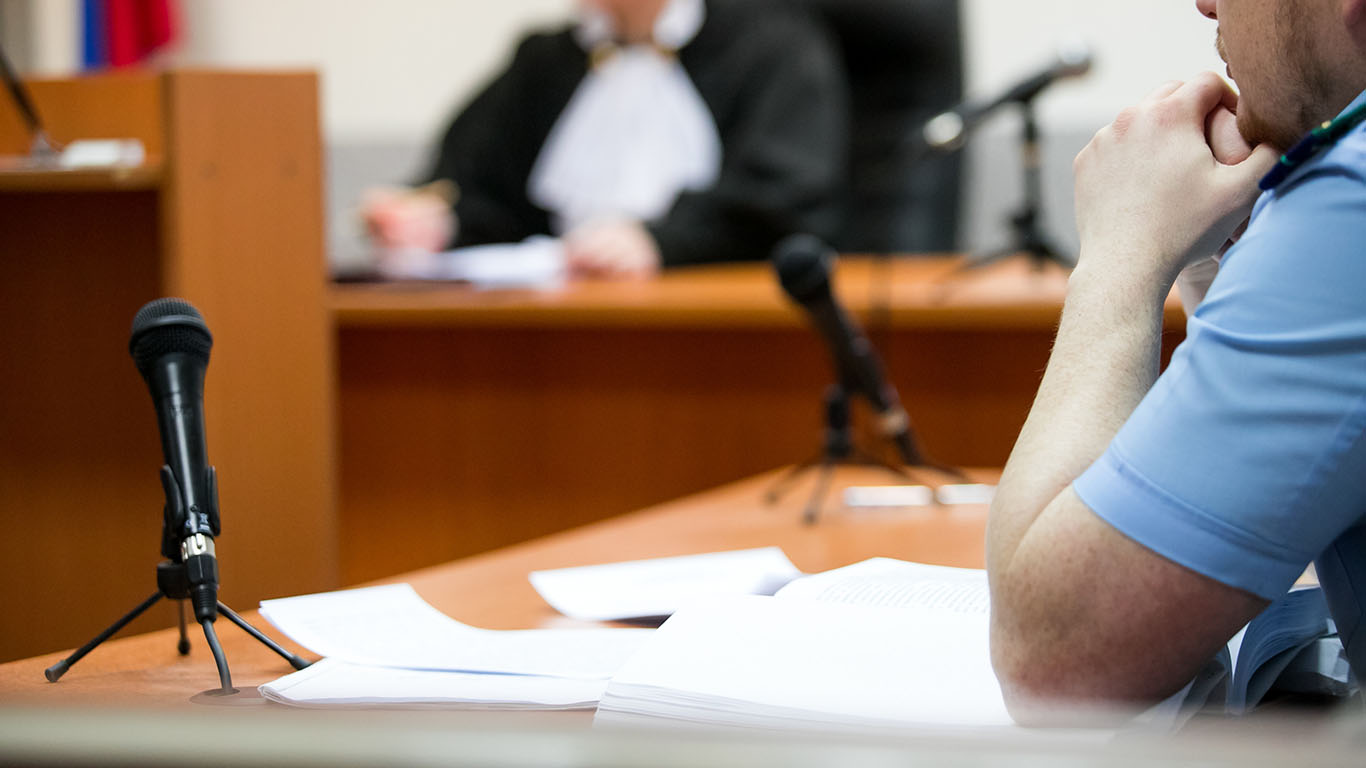Last week, the joint committee on ways and means subcommittee on public safety accepted testimony on grand jury recordation as a follow up to a budget note from 2019 HB 5050.
The 2019 budget included an allocation of $3 million for implementation of grand jury recordation, a mandate by the 2017 Legislature through SB 505. Through the allocation, 33 counties were eligible to receive the resources needed to support equipment, staff, and training needs during implementation of grand jury recordation. The three other counties of Oregon’s 36 counties, Deschutes, Jackson, and Multnomah received a one-time allocation for implementation during their participation in a pilot program created in the 2017 bill.
In efforts to track funding and implementation, the Legislature required through a budget note for the Oregon Judicial Department (OJD), Oregon District Attorney’s Association (ODAA), and Association of Oregon Counties (AOC) to report to the joint committee on ways and means in 2020 with a plan for the most efficient, consistent, and cost-effective delivery of grand jury recordation across the state.
During the committee, Amanda Dalton who spoke on behalf of ODAA in collaboration with AOC noted that costs were incurred across 10 spending categories as listed in the report, but Dalton, cited the three primary cost categories as: enhancing equipment maintenance and access to OJD staff; production of transcripts; and storage and archiving.
Key recommendations for increased efficiencies include:
- Enhanced maintenance agreement between the OJD and the DA offices to allow for an integration of existing court staff and OJD tech staff to address issues with the grand jury recordation equipment;
- Identify state agency to execute a statewide price agreement or engaged vendor list for transcription services; and
- Identify an appropriate state agency to manage and procure a statewide archiving storage system for statewide efficiency and security purposes.
AOC Legal Counsel, Rob Bovett said of the recommendations, “these were arrived at collaboratively with three different user perspectives, and will ensure overall reduction in cost, bringing a more effective, consistent, and efficient process for all users.”
Following testimony, the subcommittee approved the report unanimously. The report now moves to the full committee on ways and means for final consideration.
Contributed by: Megan Chuinard | Public Affairs Associate
